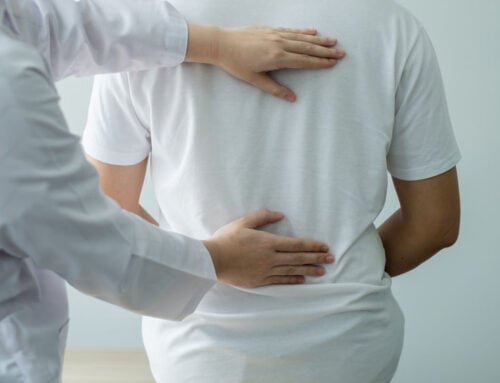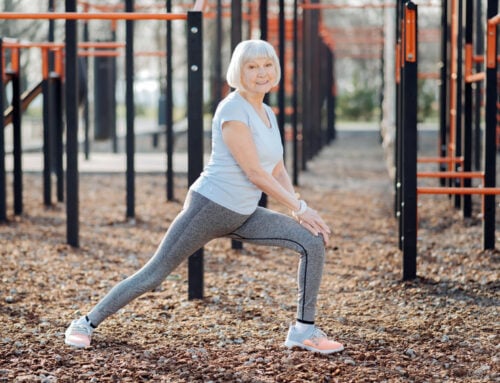Understanding Back Pain
Between the bones of the spine are small discs. These discs provide cushioning and shock absorption so that people can twist, bend, and move pain-free. Sometimes, as people get older, these discs start to wear down. When this happens, people can experience pain and discomfort in the spine. Know these 3 early signs of degenerative disc disease and what to do about the symptoms.

1. Pain with movement
The number one most common early sign of degenerative disc disease is a pain in the spine. This discomfort may be brought on by activity, or may seemingly have no cause. In particular, many patients with degenerative disc disease experience more pain during movements that involve twisting or bending.
2. Discomfort that radiates
Degenerative disc disease can cause muscle tension or spasms, as well as pain that grows through the shoulders, arms, or hands. If the degeneration is at the lumbar disc or lower back, pain may radiate down the backs of the legs or in the hips or buttocks. This radiating pain could feel hot or sharp and may come on without a clear cause.
3. When does the pain go away?
Does the pain in the spine go away when stretching? Does discomfort decrease when walking? With degenerative disc disease, some positions can reduce symptoms. For example, lying down with a pillow under the knees or sitting in a slightly reclined position can make pain dissipate. Alternatively, the pain might worsen in certain positions, such as standing for a prolonged time or craning the neck to look down at a phone.
Why do discs degenerate?
When people are children, the discs in the spine are primarily made of water. However, as people get older, discs can lose water and dry out. This causes flattening of the discs. As discs flatten, shock absorption is not as effective, and there is less cushioning between vertebrae. For some people, everyday movements can cause small stress tears in the outer walls of the disc. If the disc pushes through this wall, the result is a herniated or slipped disc.
Treatment options
In minor to moderate cases, patients may be treated with physical therapy, occupational therapy, or medication to relieve discomfort. A doctor may also recommend a facet joint injection to manage pain. Patients may also need to make some lifestyle modifications, such as decreasing alcohol consumption and increasing hydration, moving more often, and using an ergonomic work station. In more severe cases, surgery may be an option. A spine surgeon may recommend a spinal fusion or artificial disc replacement surgery. For more information about surgery and treatment options, speak with a healthcare provider or spine specialist.



